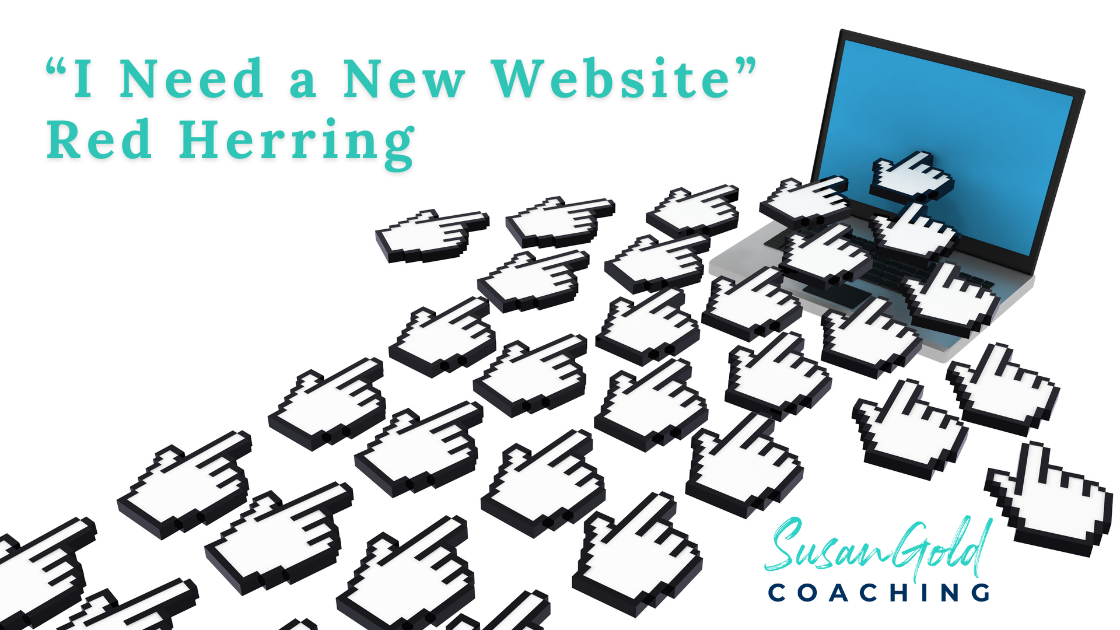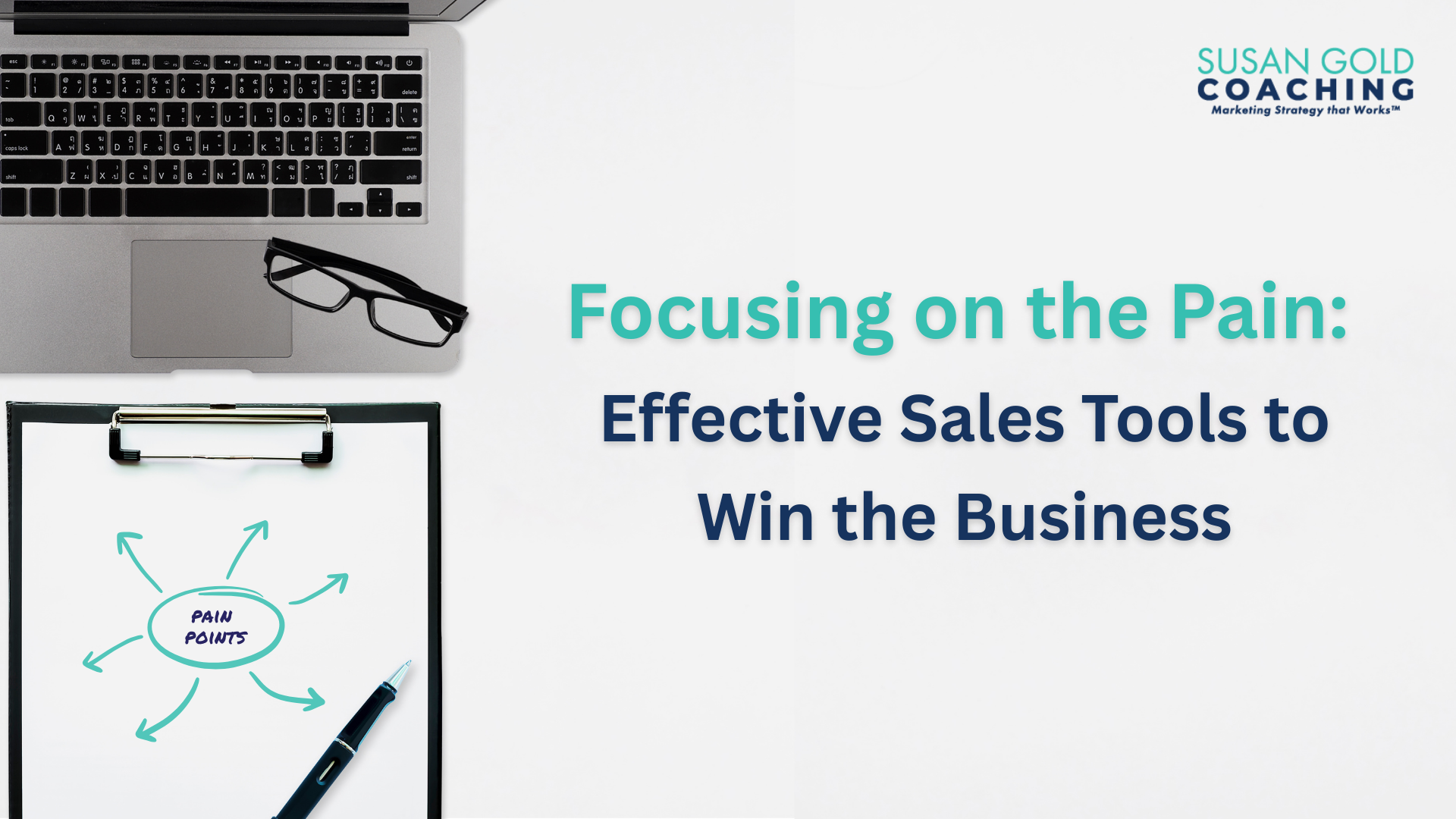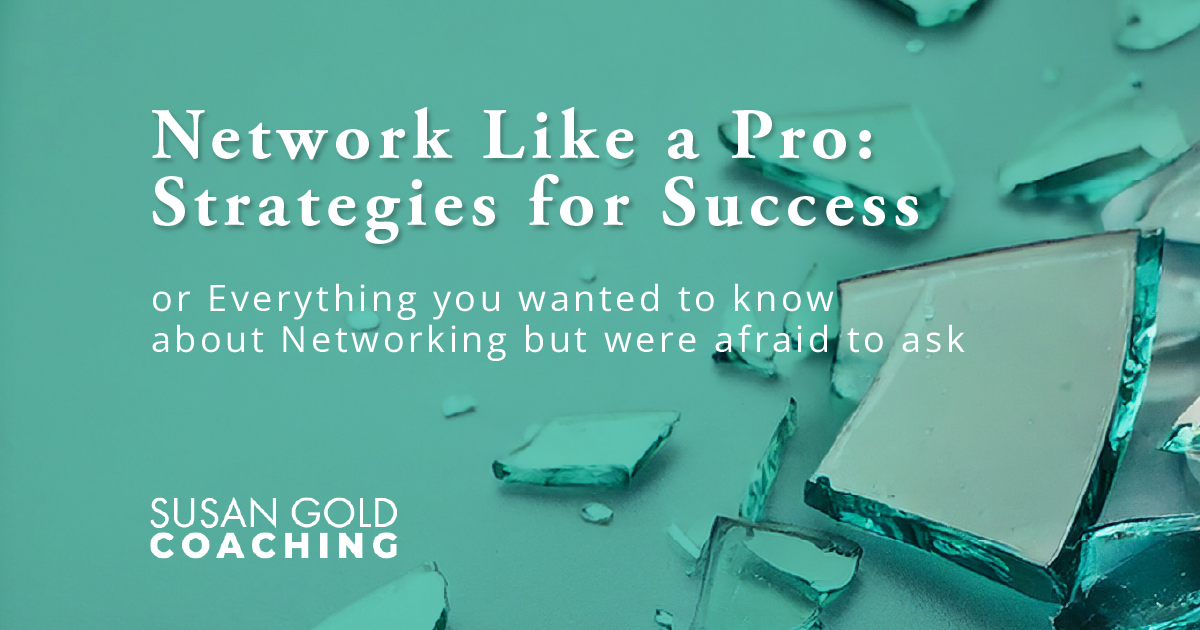The “I Need a New Website” Red Herring

I hear this often from clients and prospects.
What they’re really saying is, “I need to do something about my marketing, so I guess I should update my website.”
Wrong. Most of the time that’s a great big Red Herring! Sure, most websites can benefit from a refresh from time to time: the colors could be brighter, the navigation could be easier, or the images more impactful.
Generally, though, the website isn’t the root problem of your marketing. In fact, it could be (and usually is) several issues, like:
- Not getting traffic to the website.
- Not getting the right traffic to the website.
- Not creating engagement once traffic gets there.
- Not creating a reason to have a conversation (the ultimate “conversion” in marketing lingo).
What’s In a Website
It wasn’t that long ago I’d hear, “I don’t have a website so I need one. Stat!”
This is when websites first started to appear, and FOMO (fear of missing out) kicked in with lightning speed. But even back then, needing a website because others have one wasn’t really a strategy. True, they often really did need a website, but the real question then, and still is today… Why do you need it?
Websites are no longer static “electronic business cards.” Now that the world has fully embraced technology – i.e. virtual meetings and digital marketing tools, especially since the COVID pandemic – our digital marketing assets are more important than ever.
When a referral partner wants to recommend you to a potential customer, the first thing they’ll do is send your website URL to their contact. With that in mind, does your website grab them and connect right away? Does it speak to their needs and issues? Does it connect with the potential buyer’s mindset?
Stand Out with Your Problem-Solving Skills
Remember, the reason they’re on your website in the first place is that they know they have a problem but they don’t know how to fix it. They don’t want to (and won’t!) read paragraph after paragraph of copy or extended lists of services to figure out if there is a solution hiding in there.
Ask yourself, how would they know if your company really knows what it’s doing?
To make matters worse, too often all the other websites in your industry sound more or less the same. So now your potential customer has an even bigger problem – they don’t have time to figure out if they should spend time with you or some other, similar company.
If you can’t offer a clear differentiation from your competitors, then things may devolve into a website “beauty pageant” where the prospect picks the company that “looks good” to them. There’s got to be a better way.
Fortunately, there is. Having a marketing strategy in place that aligns the key messaging elements will make that prospect say, “YES, please introduce me. They seem to get me and understand my issues and provide the right solution, which they’ve clearly done for others like me.”
So how do you make that happen?
Start with The Who
You might ask why that’s important. Why do you need to be clear on your targets? You’ve got stuff and people can figure out if they want it. If only it were that simple.
If we don’t know who we’re trying to engage with, we can’t create the messaging that will resonate with them. An effective website is less about your company than it is about your prospective clients: their struggles and how you impact them. When you don’t differentiate your value quickly and succinctly, and align it with their needs, you won’t get engagement.
And they make that decision in seconds. You’ll see that happening in your Google Analytics report.
Side note: I hope you’re reading your report to see what is occurring on your website–which pages prospects are visiting and spending time on. You’ll also see the search terms they’ve used to find you. This is all-important input to inform your marketing strategy.
Now back to the WHO. Who are your very best clients, ones that are profitable, revenue producers and a great fit for your company? The ones that respect your team, value your services or products, and pay the bills on time?
When there is clarity regarding the targeted clients that are desirable, then you can speak directly to what challenges they are dealing with.
What to Say
If your website home page talks all about your company and nothing about the problems you solve for your prospects, then they’ll go elsewhere. Take a look at your homepage. If that’s the case, then you urgently need to develop a messaging strategy that aligns with your ideal prospect targets.
Knowing your WHO targets and WHAT to say to engage with them regarding their needs (i.e. message content) is the foundation of an effective website (and also of solid and effective messaging that can be carried across your marketing channels, from social media to podcasts).
Once you’re sure you’re speaking to your prospects’ issues, the next step is driving traffic to the website for them to learn more.
Focusing on the right marketing activities that get you in front of your ideal clients is the third marketing strategy pillar: THE WHAT. This is where alignment with your WHO pays off.
For example, if your targets belong to an industry association, that’s where you will want to engage with networking, presentations and panel discussions, and be a visible resource for your prospects.
When your prospects hear you speak to the issues they can relate to, or read about them in a LinkedIn post, attend a webinar or a networking meeting where you introduce yourself in the context of the issues you solve and the impact you have, they will want to learn more.
And that’s how you turn your website from a Red Herring to a net full of prospects!



